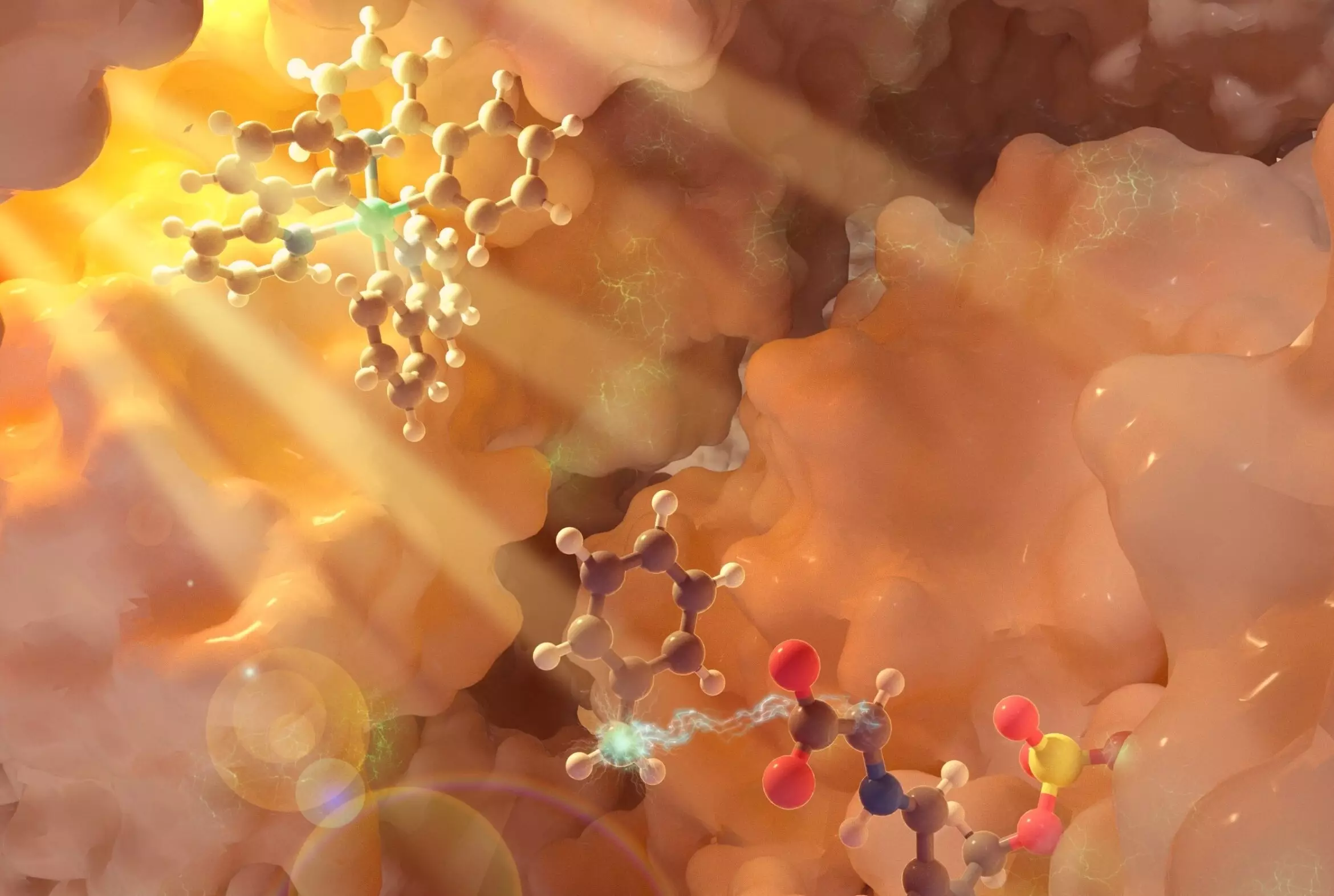The field of chemical reactions is constantly evolving, with researchers at UC Santa Barbara pushing the boundaries by harnessing the power of light. In a groundbreaking study published in Nature, chemistry professor Yang Yang and his team from the University of Pittsburgh unveiled a novel approach using photobiocatalysis to synthesize non-canonical amino acids. These amino acids play a crucial role as building blocks in peptide therapeutics, bioactive natural products, and innovative functional proteins. Yang emphasizes the significance of this research, stating that the ability to design entirely new enzymatic reactions represents a monumental leap in both chemistry and biology. While biocatalysis has predominantly focused on optimizing existing enzyme functions, the introduction of photobiocatalysis opens doors to unexplored realms of enzyme catalysis.
Photobiocatalysis emerges as a burgeoning field that marries the precision and efficacy of enzymes with the sustainability and versatility of light. By utilizing light to stimulate enzymes and initiate energy transfer processes, researchers can transform one molecule into another, yielding non-canonical amino acids that were previously inaccessible. The research team’s focus on pyridoxal-phosphate (PLP)-dependent enzymes, integral in amino acid metabolism, led to the development of a groundbreaking triple catalytic cycle. This innovative cycle involves a photocatalyst, typically an iridium-based compound, that, when exposed to light, triggers the generation of transient free radicals. Subsequent cycles of light regeneration facilitate the interaction between the enzyme and substrate, ultimately resulting in the production of non-canonical amino acid products.
The synergy between the photocatalyst and the PLP enzyme orchestrates a series of chemical transformations that redefine conventional amino acid structures. By introducing a radical-mediated alpha functionalization process, the researchers succeeded in creating new carbon-carbon bonds in amino acid backbones. This pivotal step paves the way for the design of novel amino acids with enhanced functionalities, shaping the future of therapeutics and natural product development. Notably, the process exhibits high stereoselectivity, ensuring the precise three-dimensional configuration of the resulting amino acids without the need for cumbersome protecting groups. This streamlined approach streamlines the synthesis process and minimizes unnecessary chemical modifications, thus accelerating the production of valuable compounds.
Yang’s team continues to explore the intricate interactions between the photocatalyst and the enzyme, aiming to enhance the efficacy and efficiency of the photobiocatalytic process further. By delving into the nuances of these catalyst interactions, researchers hope to unlock the full potential of this revolutionary approach, enabling the synthesis of an extensive array of novel amino acids with diverse applications. As the field of photobiocatalysis continues to evolve, it holds the promise of revolutionizing chemical synthesis, paving the way for the discovery of innovative compounds and the development of advanced therapeutics. Ultimately, the fusion of light-driven catalysis and enzymatic pathways signals a new era in chemical research, ushering in a wave of transformative discoveries that redefine the boundaries of synthetic chemistry.



Leave a Reply